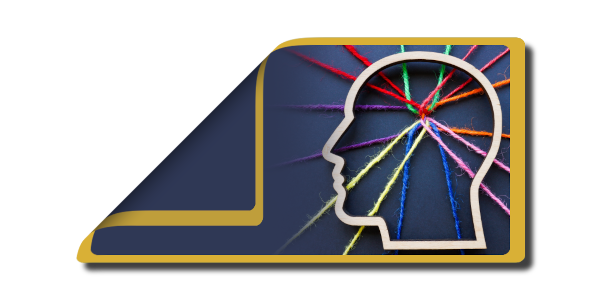The Neurodiverse Workplace
July 24, 2024
The term neurodiversity was coined twenty-five years ago to further the acceptance of autism as a natural variation in the way people’s brains process information, sensory perception, and social interaction. It has since evolved into an umbrella term that includes all sorts of differences in cognitive processing, for example, dyslexia, Tourette’s, ADHD, and PTSD. People with brains that function and process in more typical ways may be referred to as “neurotypical.”
Neurodivergence has commonly been characterized in a negative way, as a disorder to be fixed. But such variation has come to be recognized for the positive things it can offer, including in the workplace. And various organizations, from government to Fortune 500 companies, are exploring and utilizing some of the qualities a neurodiverse employee can bring to a job, from the ability to maintain focus doing a repetitive task to enhanced computer or math skills.
Organizations that want to create and maintain a more inclusive and diverse workforce are more and more taking a look at neurodiversity in order to draw on various skill sets and perspectives and include all kinds of people.
Neurodiversity at work may bring challenges as well as benefits. For example, a neurodiverse employee might require some accommodation, such as a calm, distraction-free environment in which to better focus on the task at hand. This requirement might be easily met with a pair of noise-cancelling headphones or a quiet corner in which to work. More of a challenge might be acceptance by neurotypical coworkers unfamiliar with, say, an autistic employee’s difficulty maintaining eye contact or other lack of typical interpersonal skills. However, these kinds of hurdles can be managed through open communication and education.
Recruitment and hiring of neurodivergent employees requires job descriptions that are accurate as well as thoughtfully worded, so as to ensure inclusiveness; and a sensitive approach to interviewing, such as providing necessary accommodation and tolerance for differences in communication styles.
We now have a better understanding of and appreciation for human variation. And with our increasingly diverse workplaces and our emphasis on equity, inclusion, and civility, we also have learned better ways of relating to our coworkers. Neuro-inclusion in the workplace is one more way to harness available talent and provide as much opportunity to as many different kinds of people as possible.
